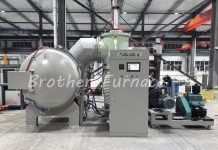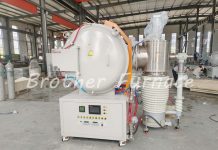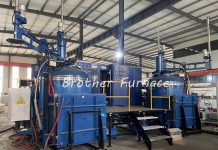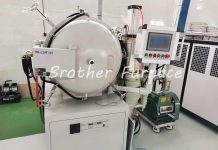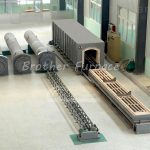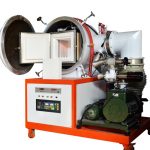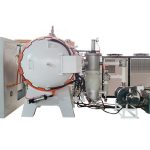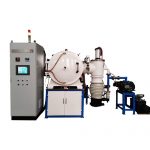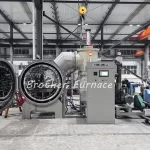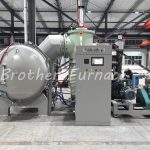The IGBT Vacuum Induction Melting Furnace is a high-tech melting device used in metallurgy, material science, and various industrial sectors. It combines cutting-edge IGBT power technology and vacuum induction melting (VIM) technique to achieve high-quality melting under controlled atmospheric conditions. In this article, we’ll explore its design, operation, applications, and benefits.
What is an IGBT Vacuum Induction Melting Furnace?
An IGBT vacuum induction melting furnace is a type of induction furnace that operates under reduced pressure or vacuum conditions. The main components include an induction coil, a vacuum chamber, a power supply unit, and a cooling system.
The key feature of this furnace is the IGBT power technology. IGBT stands for Insulated Gate Bipolar Transistor, which refers to the semiconductor devices used to generate the high frequencies required for induction heating. IGBTs are semiconductors that switch electrical energy on and off rapidly, enabling the control of electric power with high efficiency and speed. This results in precise temperature control and uniform heating in the furnace.
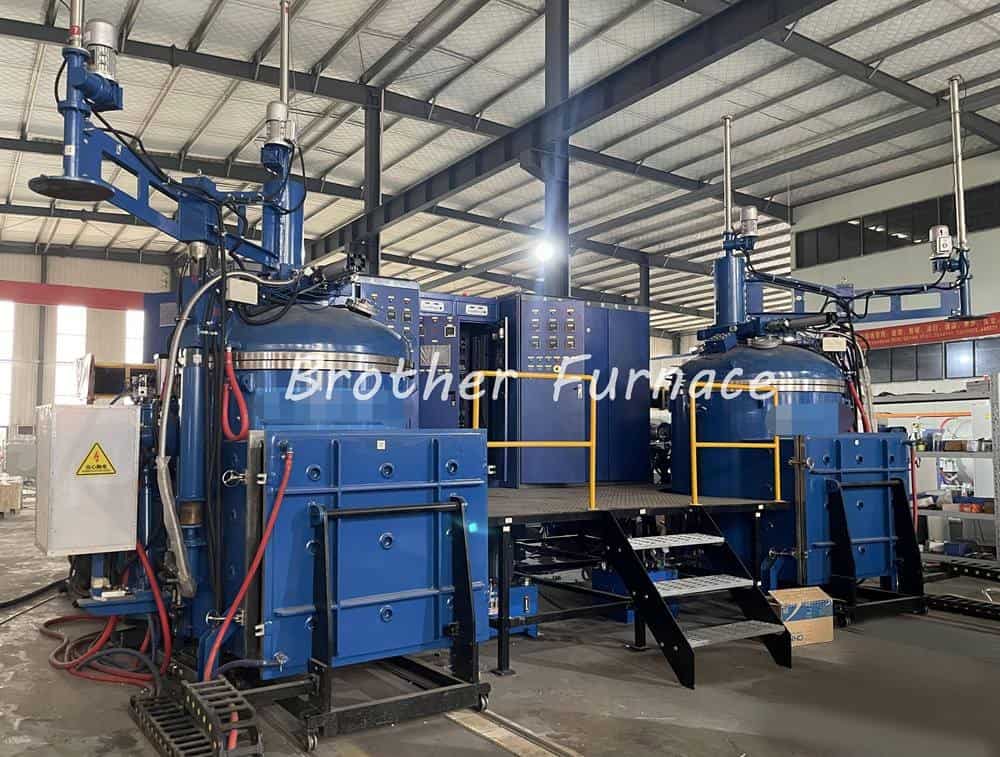
Principle of Operation
The underlying principle of an IGBT vacuum induction melting furnace is electromagnetic induction. When the alternating current (AC) passes through the induction coil, it generates a fluctuating magnetic field. This field induces eddy currents in the metal charge (the material to be melted), producing resistive heat that melts the charge.
The vacuum condition inside the furnace prevents oxidation, contamination, and loss of alloying elements during the melting process. It also reduces the chance of undesirable chemical reactions between the molten metal and the atmosphere.
Key Components
1. IGBT Power Supply Unit
The power supply unit, equipped with IGBTs, supplies the alternating current to the induction coil. It allows for rapid and precise control of power, ensuring efficient and uniform heating.
2. Induction Coil
The induction coil, usually made of copper tubing, generates a fluctuating magnetic field when an AC current is applied. The design and number of turns in the coil can vary depending on the specific requirements of the melting process.
3. Vacuum Chamber
The vacuum chamber houses the induction coil and the charge. It is designed to withstand high temperatures and maintain a vacuum or controlled atmosphere during the melting process.
4. Cooling System
The cooling system typically uses water to cool the induction coil and other components. Effective cooling is crucial for maintaining the longevity and efficiency of the furnace.
Applications
IGBT vacuum induction melting furnaces are used in various fields:
- Metallurgy: They are used for melting, refining, and casting of metals and alloys. The vacuum condition allows production of high-purity metals and advanced alloys.
- Material Science: Researchers use these furnaces to develop and study new materials, including advanced ceramics, composites, and superconductors.
- Semiconductor Industry: They are used for the production of semiconductor materials, where high purity and uniformity are critical.
- Aerospace & Automotive Industries: These furnaces are used to produce high-performance alloys for engine components and other critical parts.
Key Benefits of IGBT VIM Furnaces
- The clean melting environment due to vacuum, reduces impurities and gases in the melted metal. This improves mechanical properties.
- Lower melting temperature than non-vacuum processes reduces energy consumption.
- Excellent alloy homogeneity and reduced segregation from the efficient stirring effect of induction heating.
- Process control and automation are possible by controlling coil power with IGBTs. This improves consistency.
- Can melt reactive alloys like titanium and zirconium by avoiding reactions with the atmosphere.
- Smooth interior crucible surfaces prevent contamination from erosion.
In conclusion, the IGBT vacuum induction melting furnace represents a significant advancement in melting technology. Its ability to provide rapid, uniform heating in a controlled atmosphere makes it an essential tool in various fields, driving advancements in material science and industrial applications.
See the Technical Details of Induction-Heated Vacuum Furnace…
If you need a quote or have any questions, feel free to contact us.
Our Induction-Heated Vacuum Furnace Standard Size:
| Model | Capacity (kgs) |
Frequency (HZ) |
Power (KW) |
Max.Vacuum (Pa) |
Cooling water consumption (T/H) |
| BR-RLL-10 | 10 | 3000 | 60 | 7×10-3 | 10 |
| BR-RLL-25 | 25 | 2500 | 120 | 7×10-3 | 15 |
| BR-RLL-50 | 50 | 2000 | 160 | 7×10-3 | 25 |
| BR-RLL-100 | 100 | 2000 | 200 | 7×10-3 | 30 |
| BR-RLL-200 | 200 | 1000 | 200 | 7×10-3 | 35 |
| BR-RLL-300 | 300 | 800 | 250 | 7×10-3 | 40 |
| BR-RLL-500 | 500 | 800 | 350 | 7×10-3 | 50 |
| BR-RLL-1000 | 1000 | 800 | 400 | 7×10-3 | 70 |
*Other sizes can be customized
More Vacuum Furnace:
- Vacuum Brazing Furnace
- Vacuum Furnace
- Vacuum Furnace up to 2200℃
- Vacuum Gas Quenching Furnace
- Vacuum Hot Press Furnace
Follow us on Facebook







